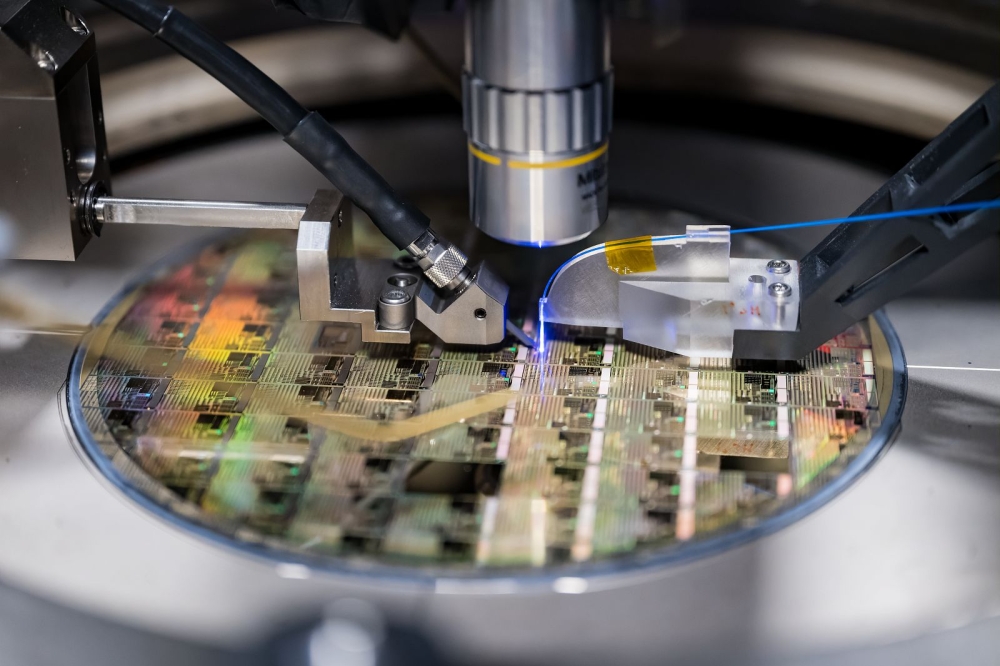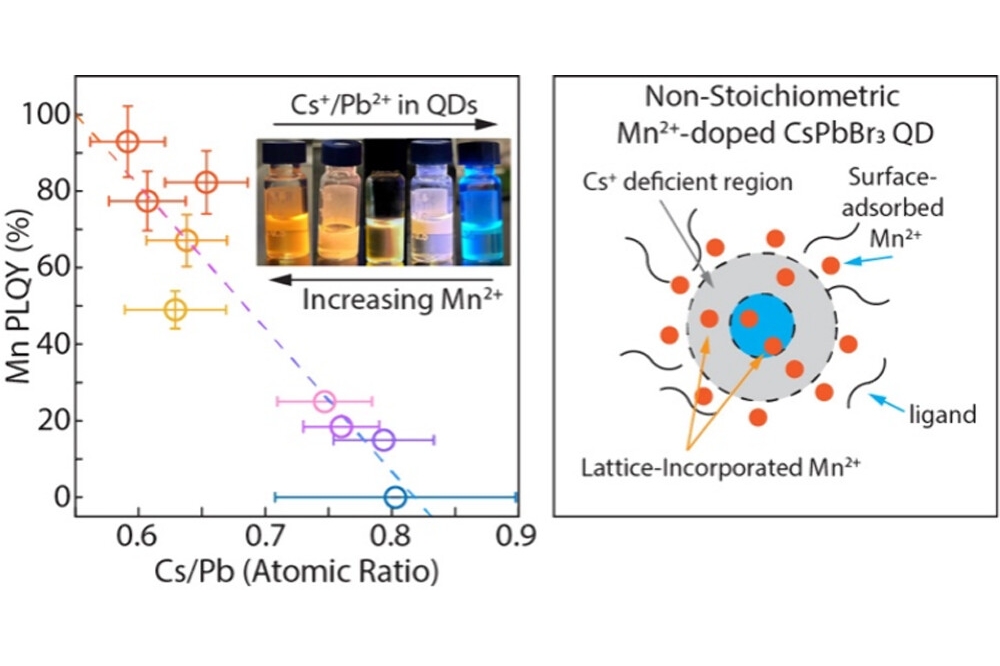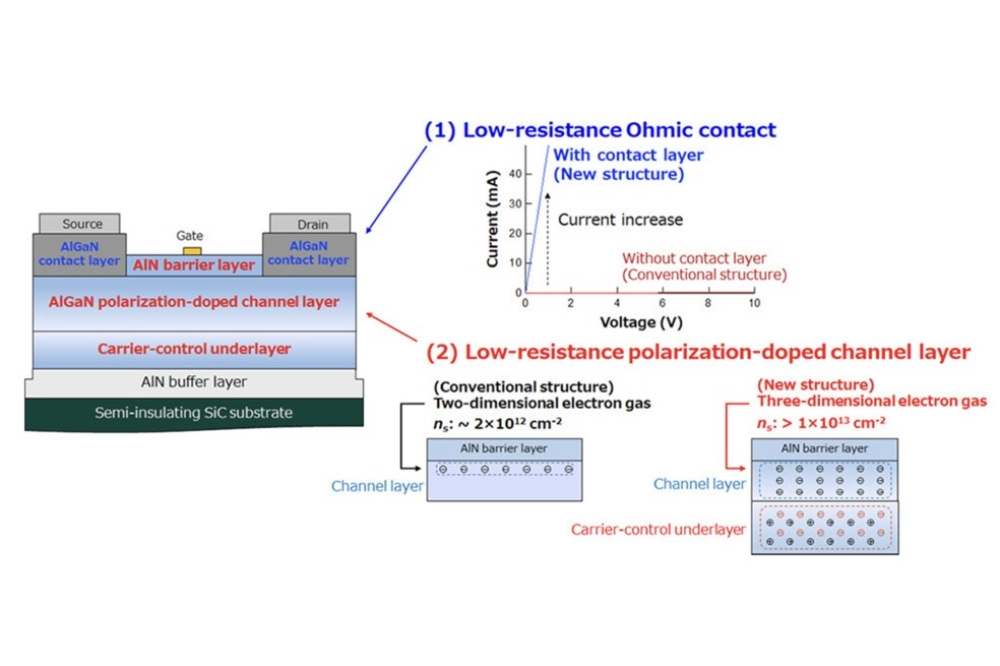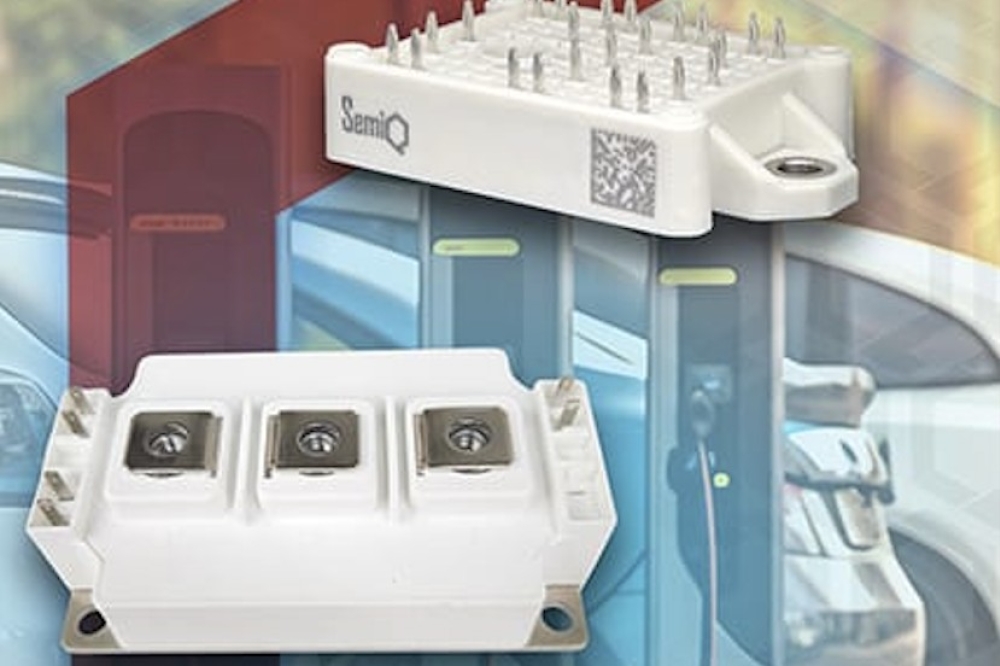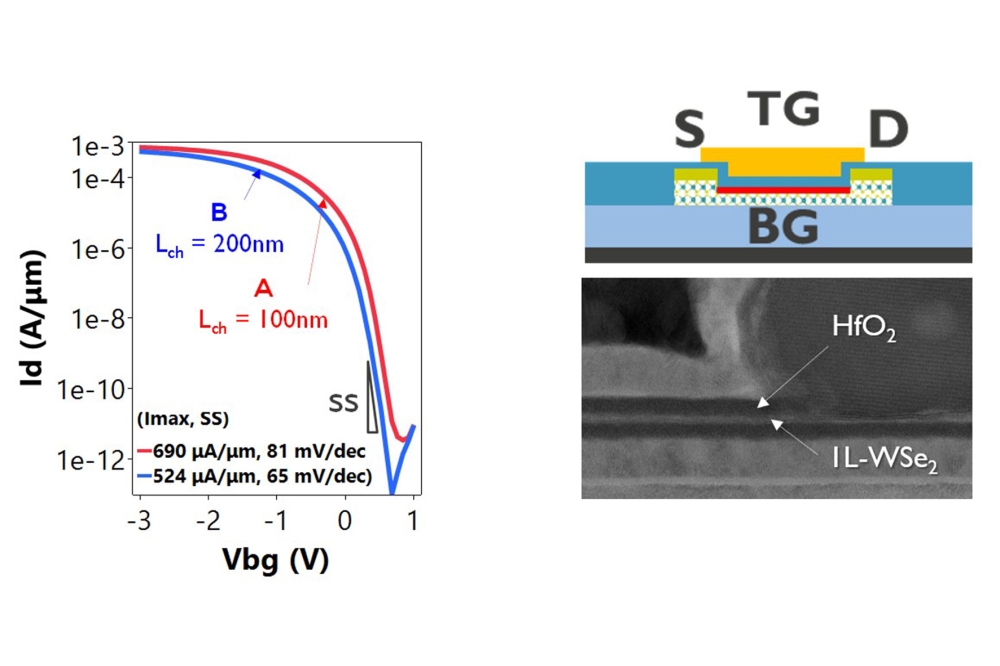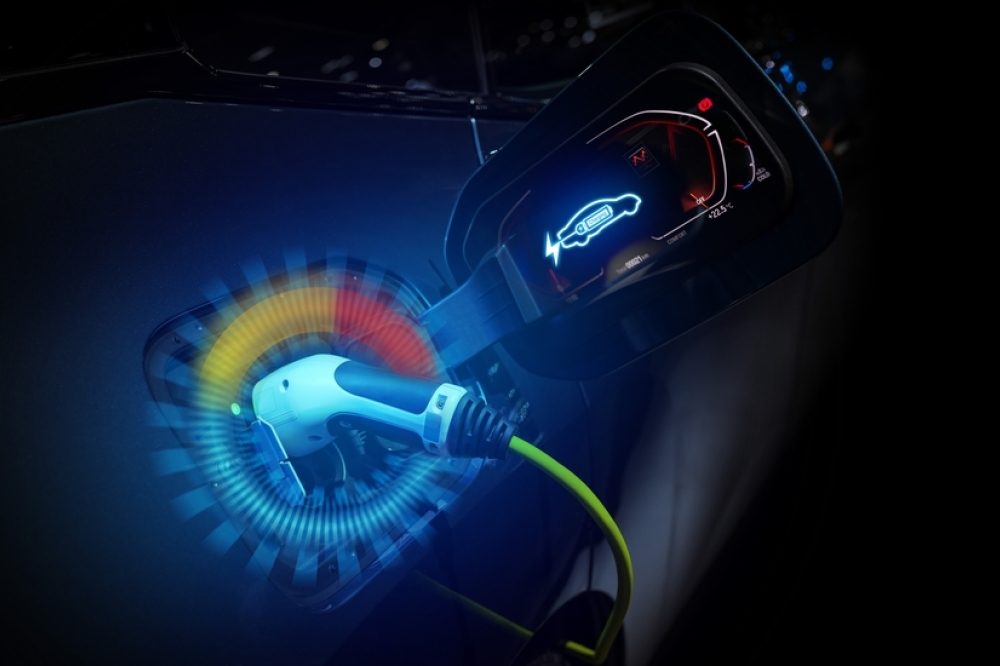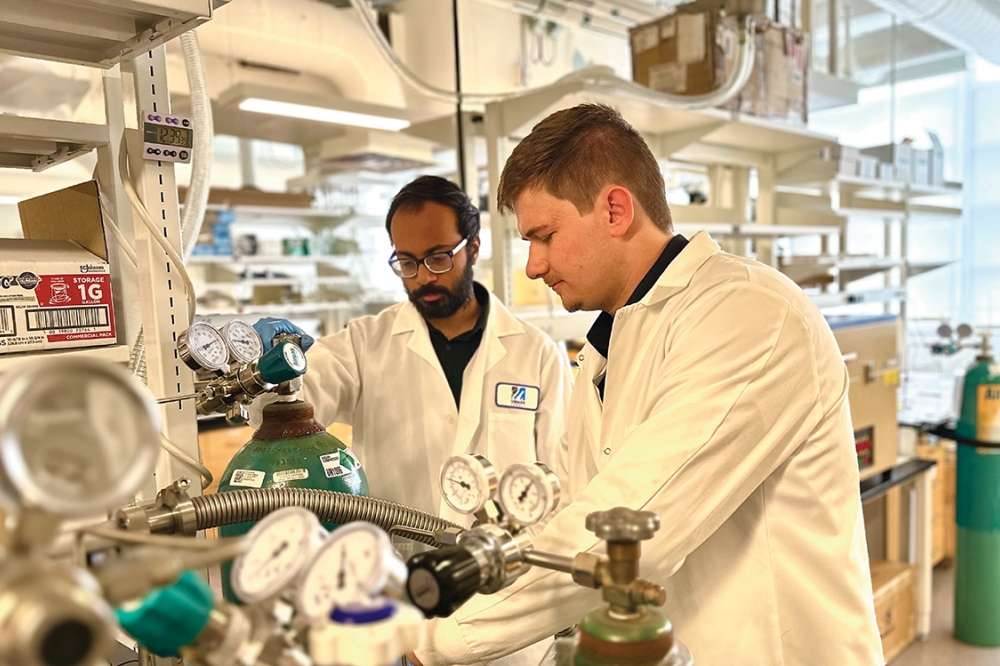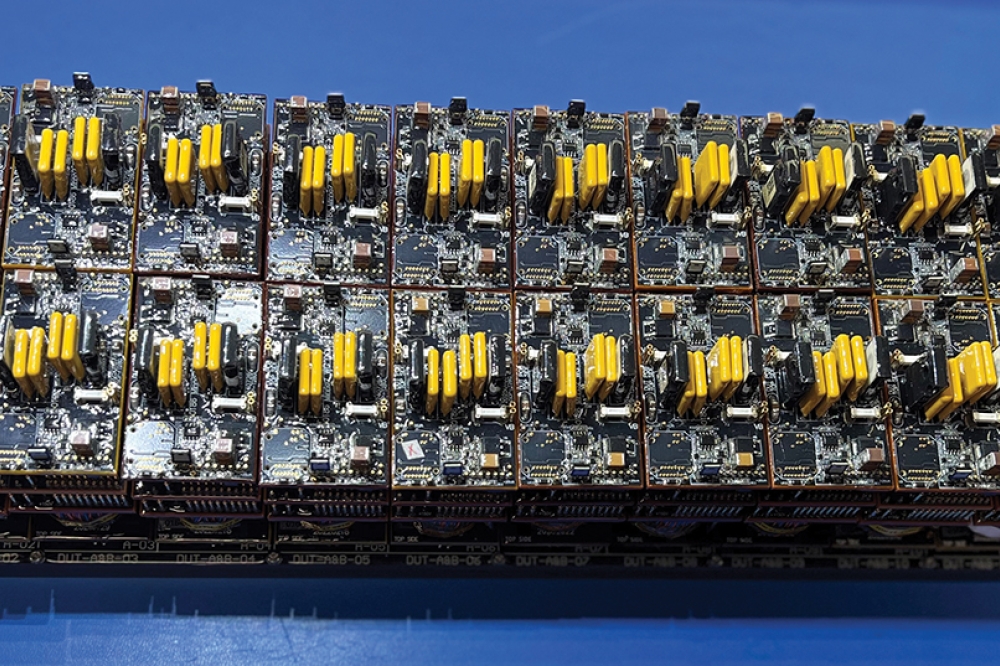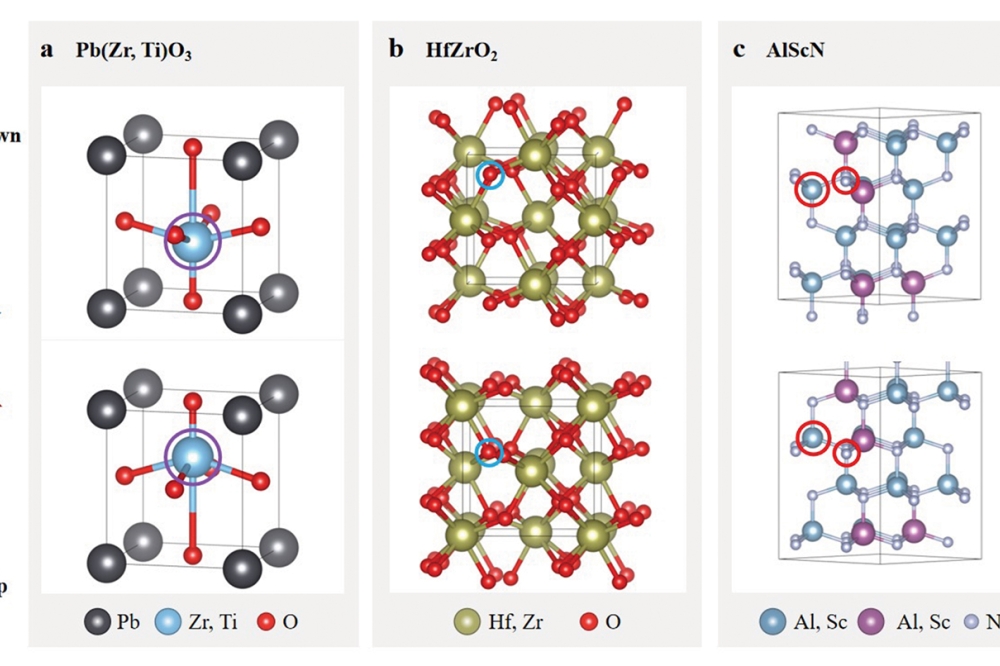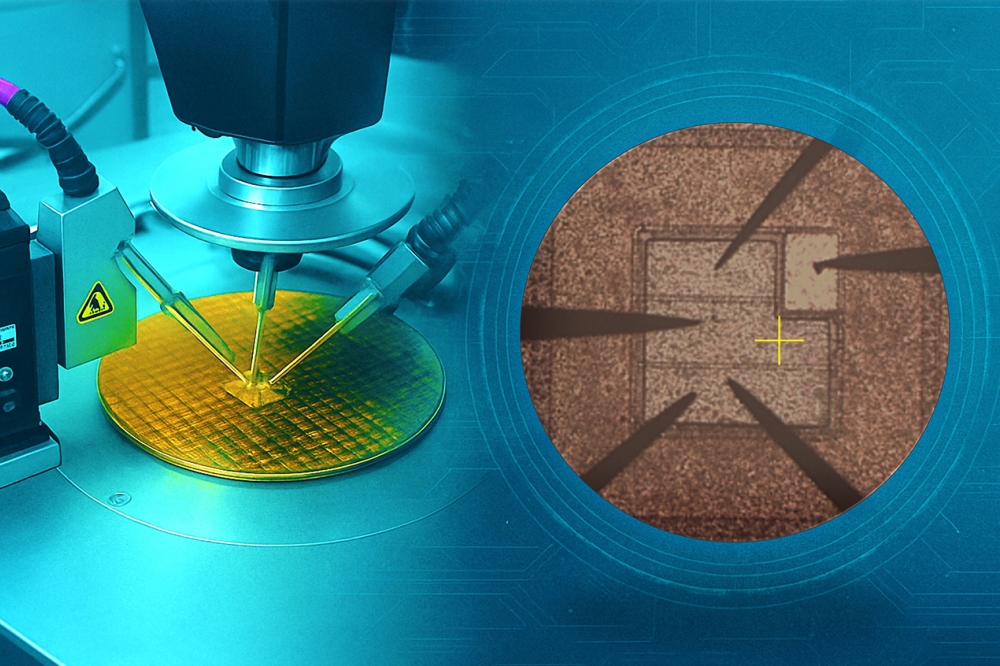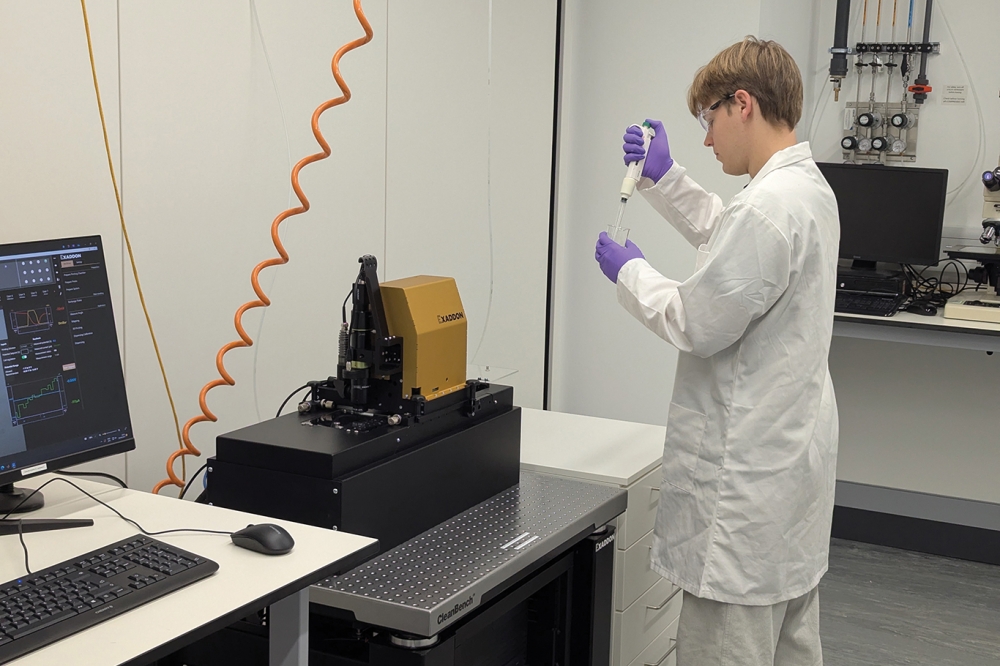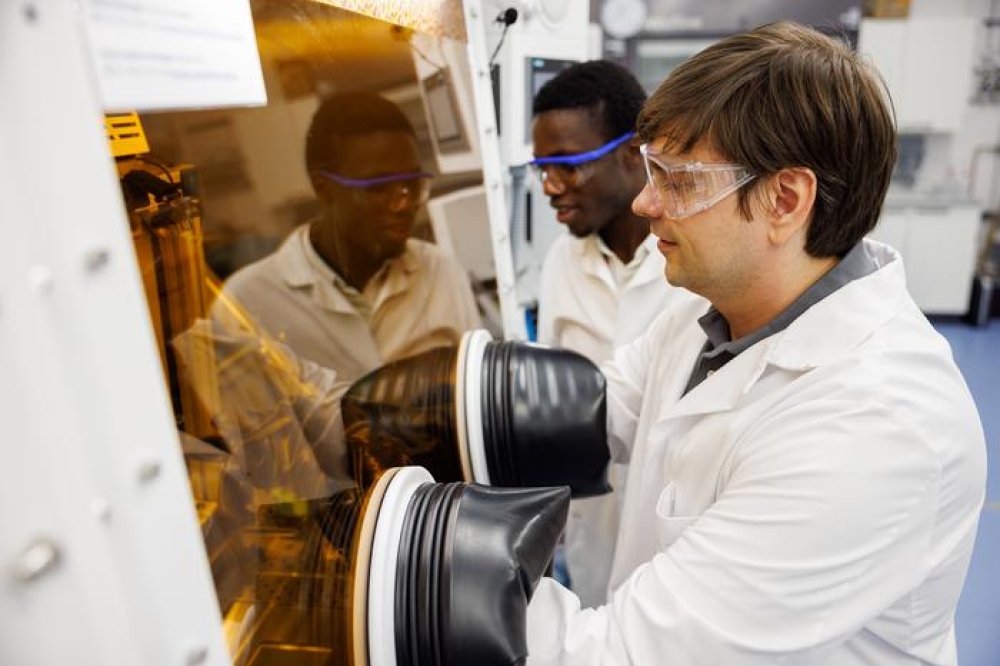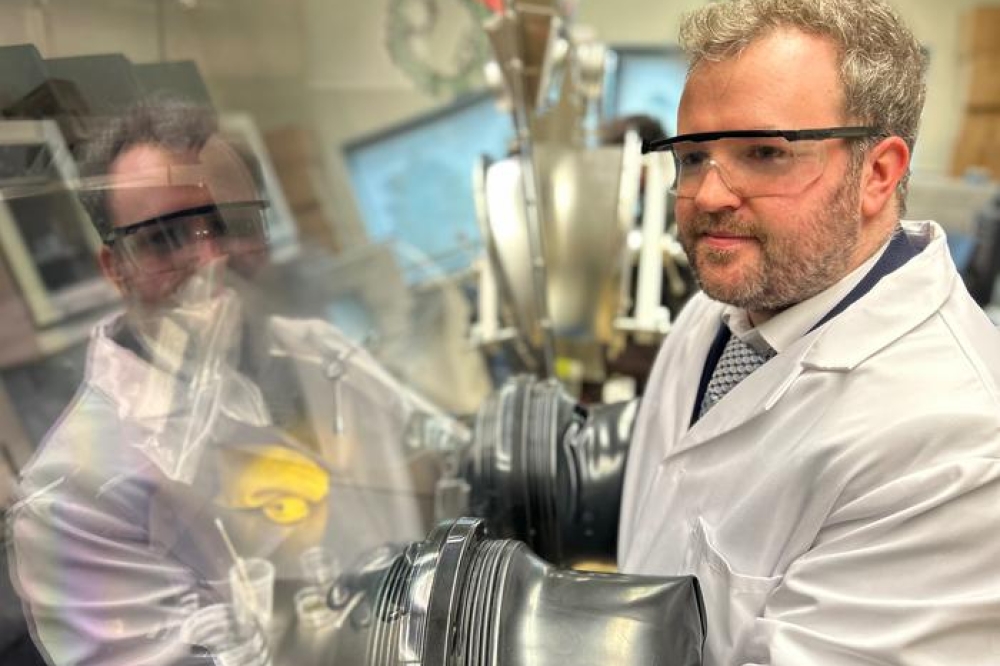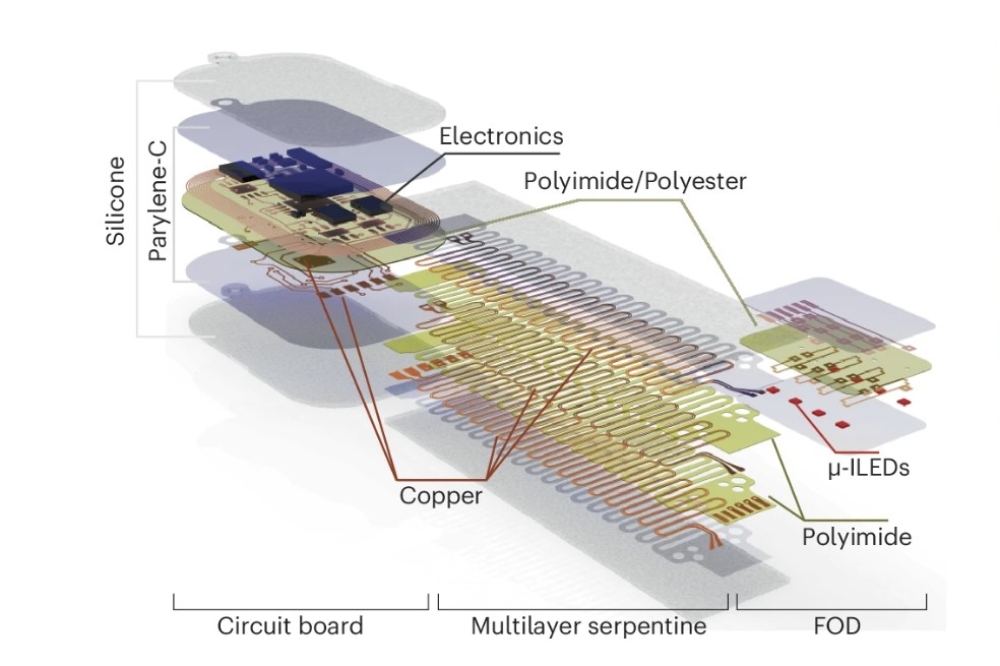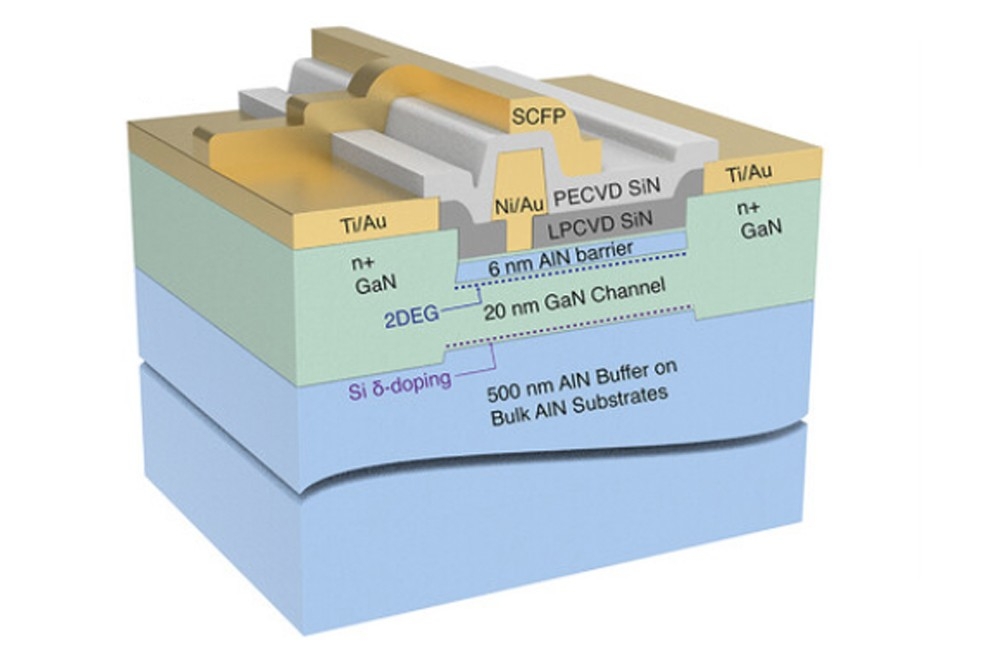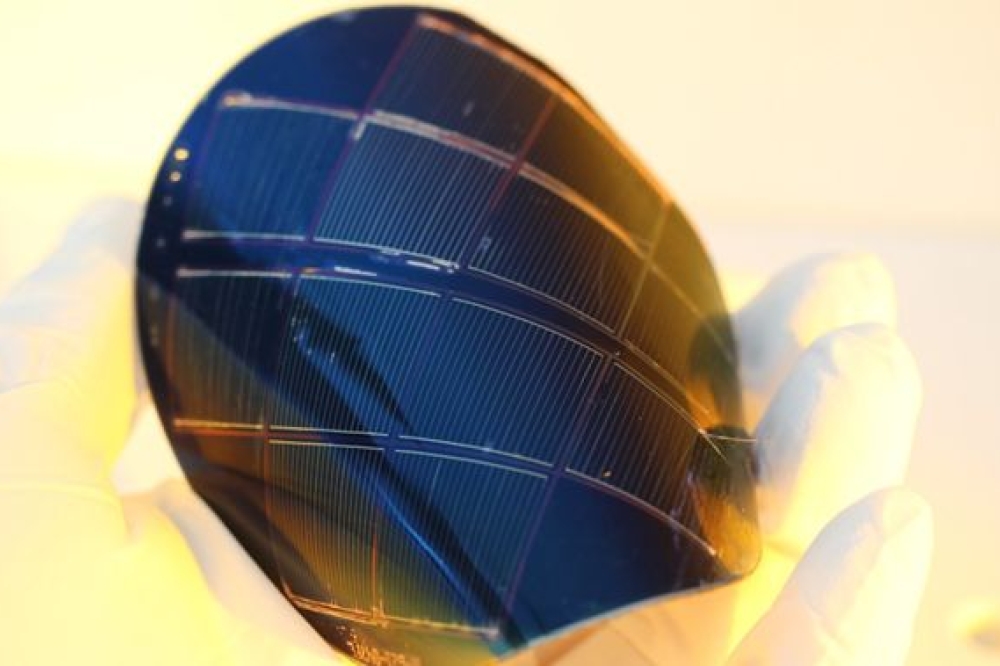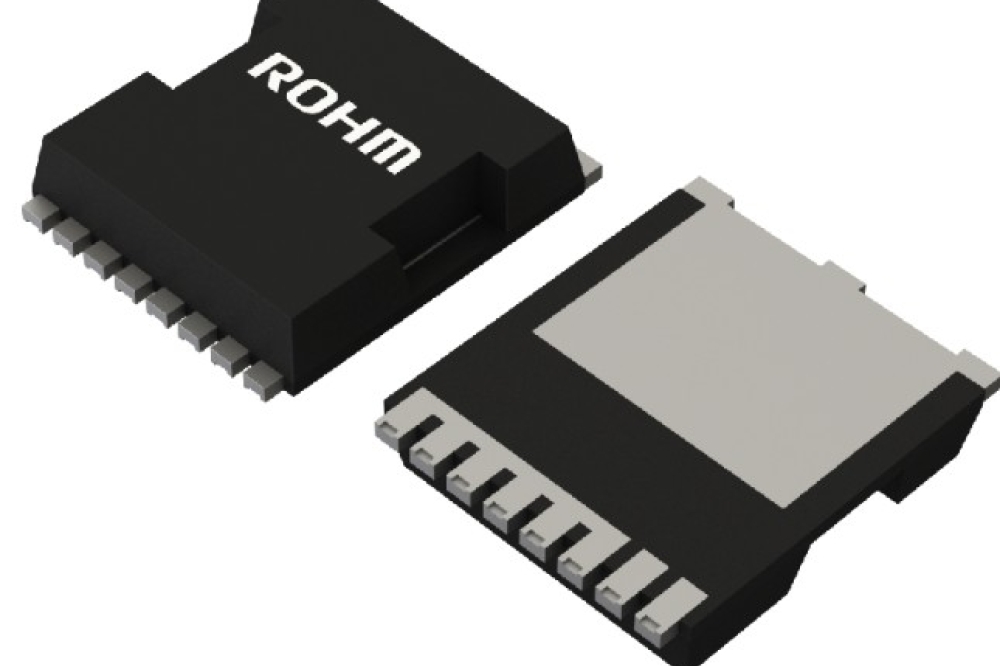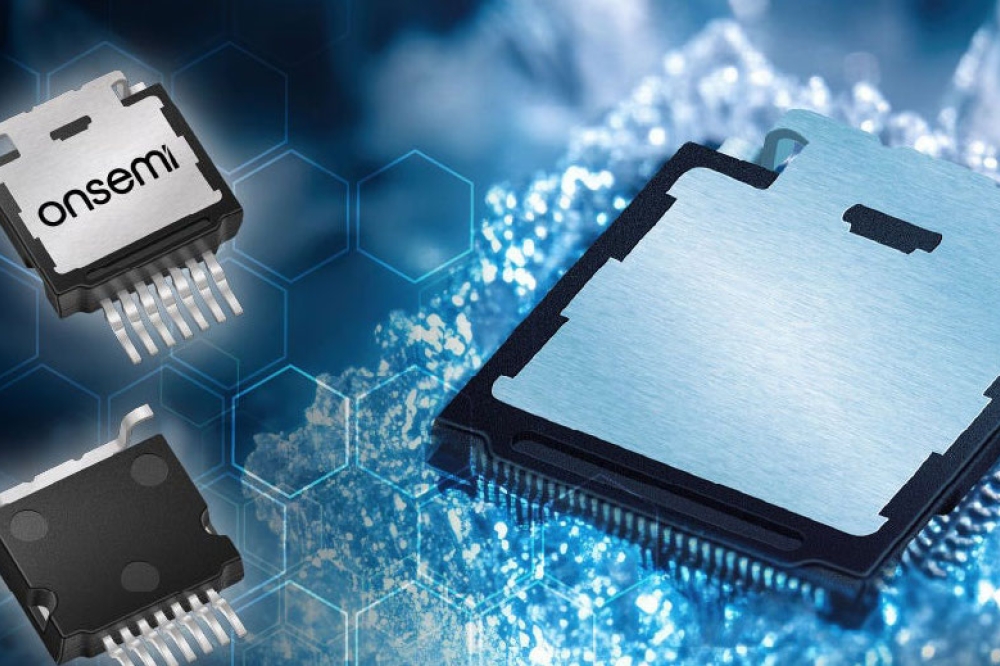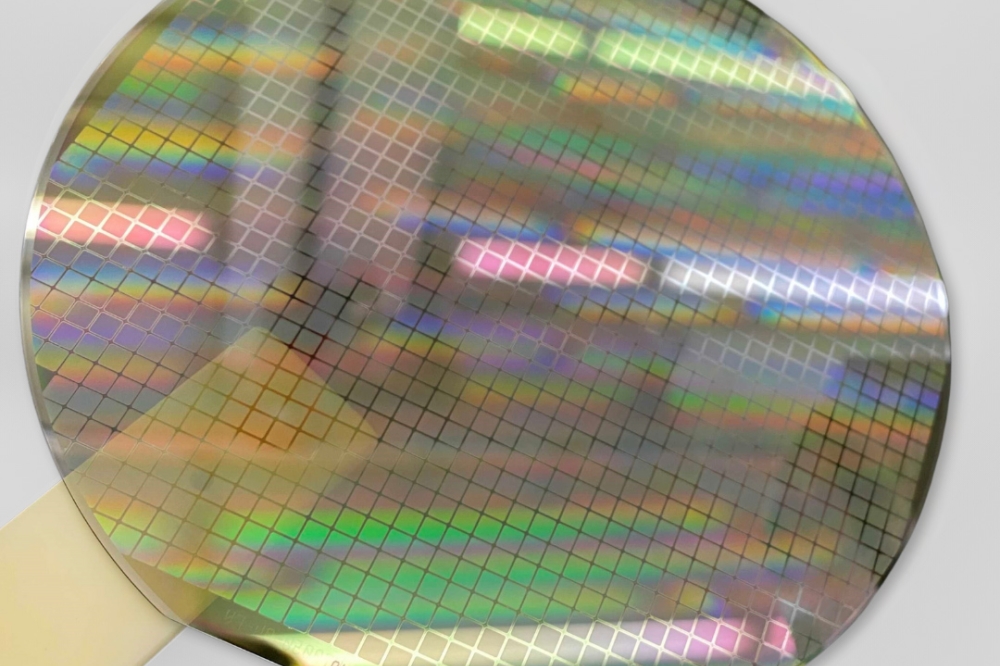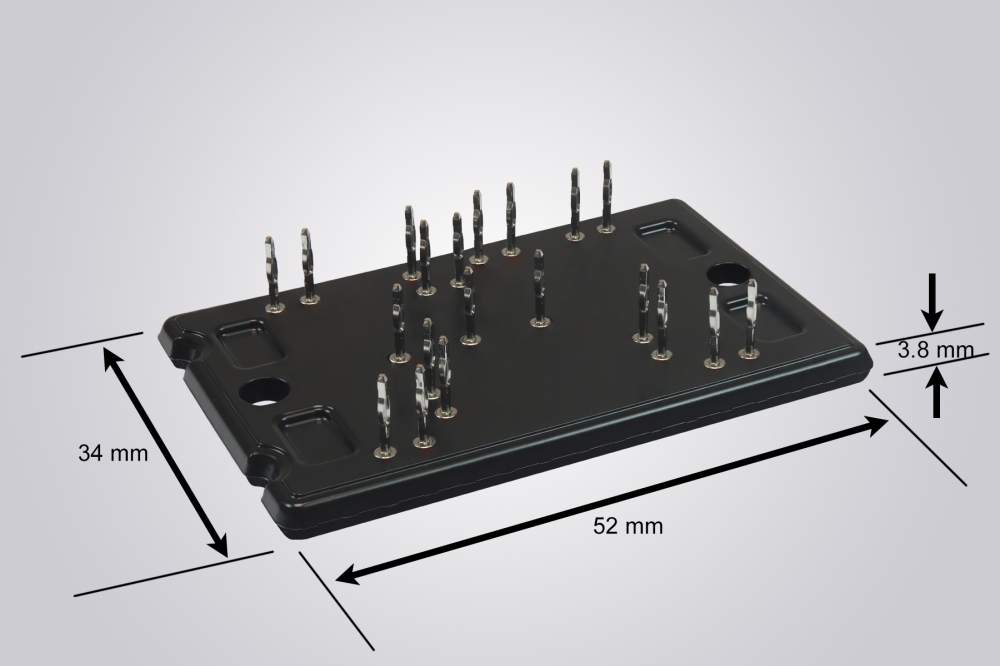News Article
Mobile handset semiconductor market to approach $82 billion in 2015
Smartphones are expected to make up 45.3% of all handsets shipped by 2015 and semiconductor revenue associated with accelerometers and/or gyros will exceed $300 million by 2014.
In 2010, the value of semiconductors used across all mobile handsets exceeded $55 billion, and smartphones are a semiconductor manufacturer's dream come true.
These devices contain the latest semiconductor technology, shrunken-down to fit in your shirt pocket. It should not come as any surprise that mobile phone semiconductor component revenue will exceed $80 billion in 2015, a compound annual growth rate of 10.8%, according to In-Stat.
"While most handset component markets are growing in revenue, a few face significant challenges," says Allen Nogee, Principal Analyst. "For example the baseband semiconductor content of non-smartphones is slowly decreasing, as all costs are being wrung out of non-smartphone chips, and volume increases are not enough to compensate for the loss per device. Bluetooth semiconductor revenue in handsets is another area that is actually shrinking, as the Bluetooth function is integrated with other functions."
Recent In-Stat research found that over 60 semiconductor companies worldwide produce semiconductor components for mobile phones. Revenue from smartphone processors -- Wi-Fi, GPS, touchscreen controllers, gyros, and pico projectors -- will grow much faster than the average.
Smartphones are expected to make up 45.3% of all handsets shipped by 2015 and semiconductor revenue associated with accelerometers and/or gyros will exceed $300 million by 2014.
Recent In-Stat research Handset Components: Worldwide Trends and Forecasts looks at the major components of a cellular phone (including smartphones), and includes a comprehensive listing of the component makers and a discussion of the market in each area. Additionally, each section contains a semiconductor 5-year revenue forecast.
Among the companies included in this report are: AMD/ATI Technologies, Anadigics, Analog Devices, Apple, Atheros, Atmel, Beceem, Broadcom, Cavium, Chongyou Technology, Corning, CSR/SiRF Technology, Cypress, Datang Telecom Technology, DiBcom, ElanTech, Elpida Memory, Freescale Semiconductor, GCT Semiconductor, Hisilicon Technologies, Hynix, Icera Semiconductor, IDT/Leadis Technology, Imagination Technology, Infineon Technologies, Intel, Kionix, LG Electronics, MagnaChip Semiconductor, Marvell, Maxim, MediaTek, Micron, MicroVision, National Semiconductor, NEC, Newport Media, Numonyx, Nvidia, Oki Semiconductor, OmniVision, Panasonic, Qualcomm, Ralink, Renesas Technology, RFMD, Samsung, Sandbridge Tech, Spreadtrum Communications, ST-Ericsson, STMicroelectronics, Synaptics, Telegent Systems, Texas Instruments, Toshiba, TriQuint, VIA Telecom, Wolfson Microelectronics.


